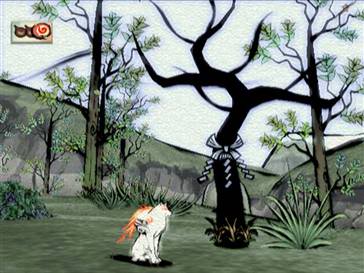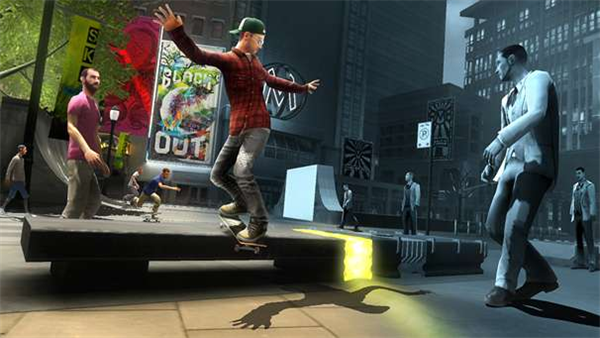This post has not been edited by the GamesBeat staff. Opinions by GamesBeat community writers do not necessarily reflect those of the staff.
 For a vast majority of gaming's lifespan, the only real test for developers was keeping up with graphical updates. Being the best-looking game on the market was a badge of honor and helped drive sales. With each new console generation we'd see an amazing leap forward in visuals.
For a vast majority of gaming's lifespan, the only real test for developers was keeping up with graphical updates. Being the best-looking game on the market was a badge of honor and helped drive sales. With each new console generation we'd see an amazing leap forward in visuals.
But as of the last generation or two, the industry has seemed to plateau at a level of graphical fidelity that we're comfortable with — meaning an increasing number of developers have been trying to stand out by integrating unique visual styles.
With recent titles like Costume Quest and Limbo employing cel-shading and silhouettes, it's clear that art teams are taking on new roles, tasked with not only making a game stand out but developing art styles that help complement the stories. One of these styles that has surprisingly taken off is the act of restoring color to a bleak, dark world.
It started with Okami, a game so based in Japanese folklore and history that game restoration as a mechanic only made sense, given Japan's immense respect for nature. As your character beat enemies and healed areas covered with a thick, black cloud of evil, life would spring forth. The black fog would give way to a burst of color and plant life. The entire process really epitomized the natural battle of good and evil in a video game. You would even trail a path of flowers behind you as you ran, making it impossible to mistake your role in the game.

The "color restoration" trend — for lack of a better term — combines the old and the new in video games, using unique art styles evident in games today to gussy up the tired convention of a hero battling evil. The interesting thing is the concept's growing popularity. Capcom released Okami in September 2006. Two years later, De Blob was released for Wii, a game entirely built around the color restoration mechanic. Clearly, Okami had influenced the developers greatly, and they weren't alone. Just over two months later, the new Prince of Persia came out, which also borrowed the concept. Several months after that, ThatGameCompany's Flower took the idea to its most basic element and adapted a story line around it for the downloadable realm. Later, in 2009, two more games came out using the mechanic, Katamari Forever, which borrowed it for a few levels, and The Saboteur, which used the good versus evil idea behind it to represent Nazi control over areas.
I'm alright with these games borrowing the color restoration concept because they've used it in an artful manner to convey some idea or feeling. But I worry that, like any good original idea, it will be run into the ground. Will the mechanic have the same impact when games start incorporating it as a mere addition, like Shaun White Skateboarding seems to be doing?

